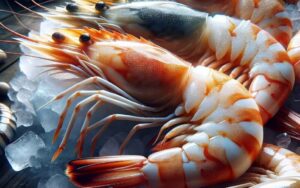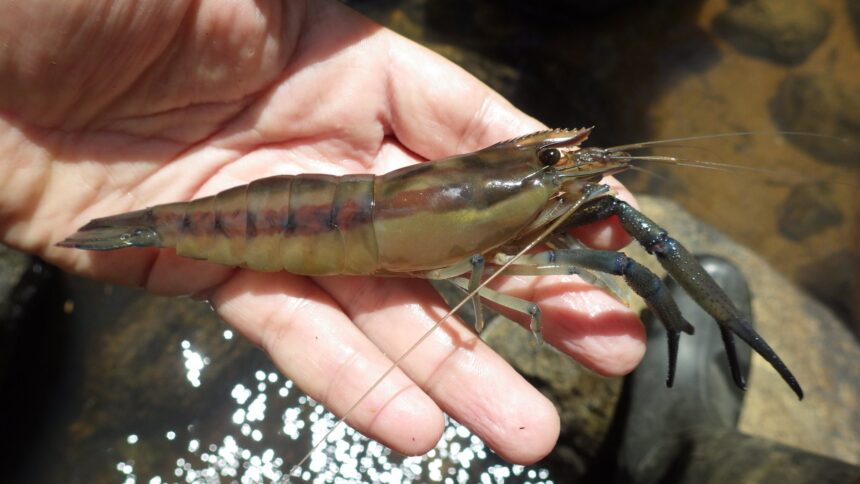When it comes to marine life, most people think of dolphins, whales, and colorful coral reefs. But what about the lesser-known yet equally fascinating creatures like chagaras? In this article, we will explore what chagaras are, where they’re found, their biology, their role in the ocean, human interaction, and their future.
Introduction to Chagaras
Chagaras are unique marine organisms that inhabit various parts of the ocean. Although they may not be as famous as some other sea creatures, they play a crucial role in maintaining the health of marine ecosystems. Found in both shallow and deep waters, chagaras are essential for nutrient cycling and act as a key species in the food chain.
These creatures come in a variety of shapes and sizes, adapting to the diverse oceanic environments they inhabit. Some species of chagaras are microscopic plankton, while others can grow to several feet in length. Regardless of their size, chagaras are critical for the balance of marine life.
If you are looking for Chagara Textiles read this article: Chagara Textiles: A Comprehensive Overview of the Egyptian Fabric Brand
The Biology of Chagaras
Understanding the biology of chagaras is essential for appreciating their role in the ocean. Chagaras exhibit a wide range of biological characteristics that allow them to thrive in their respective habitats.
Following are some of the key aspects of Chagaras biology:
Anatomy
Chagaras possess unique anatomical adaptations that enable them to survive in their varied marine environments. Their bodies often exhibit streamlined shapes to navigate through water efficiently. At the same time, some species have developed bioluminescent organs that help them find prey and communicate in the dark depths of the ocean. Additionally, their gills are highly specialized to extract oxygen from water, allowing them to thrive in both well-oxygenated and low-oxygen habitats. These anatomical features collectively contribute to the remarkable versatility and resilience of chagaras across diverse marine ecosystems.
Reproduction
The reproduction cycle of chagaras varies widely among different species, influenced by their habitat and biological adaptations. Some chagaras engage in external fertilization, releasing eggs and sperm into the water column where fertilization occurs. Other chagaras exhibit internal fertilization, where males transfer sperm directly to females through specialized appendages. The reproductive strategies of chagaras have evolved to maximize the survival rates of offspring, ensuring the continuity of their populations in diverse and often challenging marine ecosystems.
Life Cycle
The average lifespan of chagaras can vary significantly depending on the species and the environmental conditions they inhabit. Generally, smaller chagara species, such as those that form part of the plankton community, tend to have shorter lifespans ranging from a few days to several months. These species often reproduce quickly, ensuring the continued presence of their populations despite their short individual lifespans. On the other hand, larger chagara species, particularly those found in deeper waters, can live for several years. These species may grow slowly and have longer reproductive cycles, which contributes to their extended lifespans. Environmental factors such as water temperature, availability of food, and predation pressures also play a crucial role in determining the lifespan of chagaras.
The Role of Chagaras in the Oceans
Chagaras are more than just inhabitants of the ocean; they are vital components of marine ecosystems. They contribute significantly to nutrient cycling by breaking down organic matter and recycling essential nutrients back into the ecosystem. This process supports the growth of other marine organisms and maintains the overall health of the ocean environment.

Following are some of the major roles of chagaras in the ocean life.
- Nutrient Cycling: One of the most important roles of chagaras is in nutrient cycling. They help break down organic matter, releasing nutrients back into the water, which supports other marine life.
- Food Chains: Chagaras are a crucial part of the marine food chain. They serve as prey for larger predators and also feed on smaller organisms, maintaining a balanced ecosystem.
- Oxygen Production: Chagaras play a significant role in oxygen production, particularly those species that are photosynthetic.
- Habitat Formation: Certain species of chagaras contribute to habitat formation, creating essential structures for other marine organisms.
- Bioindicators: Chagaras can act as bioindicators, signaling the overall health and stability of marine environments.
Human Interaction with Chagaras
The relationship between humans and chagaras is complex and multifaceted. Efforts to conserve chagaras are crucial for maintaining marine biodiversity. Various organizations work to protect these creatures through marine protected areas and research initiatives. Despite their importance, chagaras face numerous threats from human activities. Overfishing, pollution, and climate change are some of the significant risks that could impact their populations.

The Future of Chagaras
Predicting the future of chagaras involves understanding the challenges and opportunities they face.
Changing Marine Environment
The ocean is changing rapidly due to human activity. Understanding how these changes affect chagaras is essential for their conservation.
Importance of Chagaras
The importance of chagaras cannot be overstated in the future. Ensuring their survival is vital for maintaining healthy and balanced marine ecosystems.
Research and Monitoring
Continued research and monitoring of chagara populations are essential to understanding their dynamics and responses to environmental changes. These efforts help inform conservation strategies and ensure that chagaras continue to thrive in their habitats.
Conservation Strategies
Implementing effective conservation strategies is crucial for protecting chagara populations. This includes creating marine protected areas, regulating fishing practices, and mitigating pollution to safeguard their habitats.
Climate Resilience
Building climate resilience in marine ecosystems can help chagaras adapt to changing oceanic conditions. Strategies such as reducing carbon emissions and promoting sustainable fishing practices are key to supporting chagara populations.
Technological Advancements
Advancements in technology can aid in the study and conservation of chagaras. Innovations in underwater robotics, satellite imaging, and genetic research can provide new insights into their behavior and biology.
Public Awareness
Raising public awareness about the importance of chagaras is vital for their conservation. Educational programs, media campaigns, and community engagement can foster a greater appreciation for these key marine species.
Policy and Legislation
Enforcing and strengthening policies and legislation that protect marine environments is critical for the survival of chagaras. International cooperation and legal frameworks can support sustainable practices and reduce harmful human impacts on the ocean.
Conclusion
Chagaras may not be the most well-known marine creatures, but their role in the ocean is indispensable. From nutrient cycling to their place in the food chain, these fascinating organisms contribute significantly to marine ecology. Human interaction with chagaras, whether through conservation efforts or activities that pose threats, will shape their future. Understanding and protecting chagaras is crucial for the health of our oceans. If you found this article helpful and want to learn more about marine life and conservation, stay tuned for more insightful articles.
Frequently Asked Questions (FAQs)
What role do chagaras play in nutrient cycling?
Answer: Chagaras help in breaking down organic matter, releasing essential nutrients back into the water. This process supports the growth of other marine organisms and maintains the health of the ocean environment.
How are chagaras important to marine food chains?
Answer: Chagaras serve as a crucial part of the marine food chain. They act as prey for larger predators and also feed on smaller organisms, helping to maintain a balanced ecosystem.
What threats do chagaras face from human activities?
Answer: Chagaras face numerous threats from human activities, including overfishing, pollution, and climate change. These factors can significantly impact their populations and overall health.
Why are chagaras considered bioindicators?
Answer: Chagaras can act as bioindicators because they signal the overall health and stability of marine environments. Changes in their populations can indicate shifts in the ecosystem, making them important for monitoring environmental conditions.
What conservation strategies are needed to protect chagaras?
Answer: Effective conservation strategies include creating marine protected areas, regulating fishing practices, mitigating pollution, and building climate resilience in marine ecosystems. Advancements in technology, research, and public awareness also play key roles in chagara conservation.







